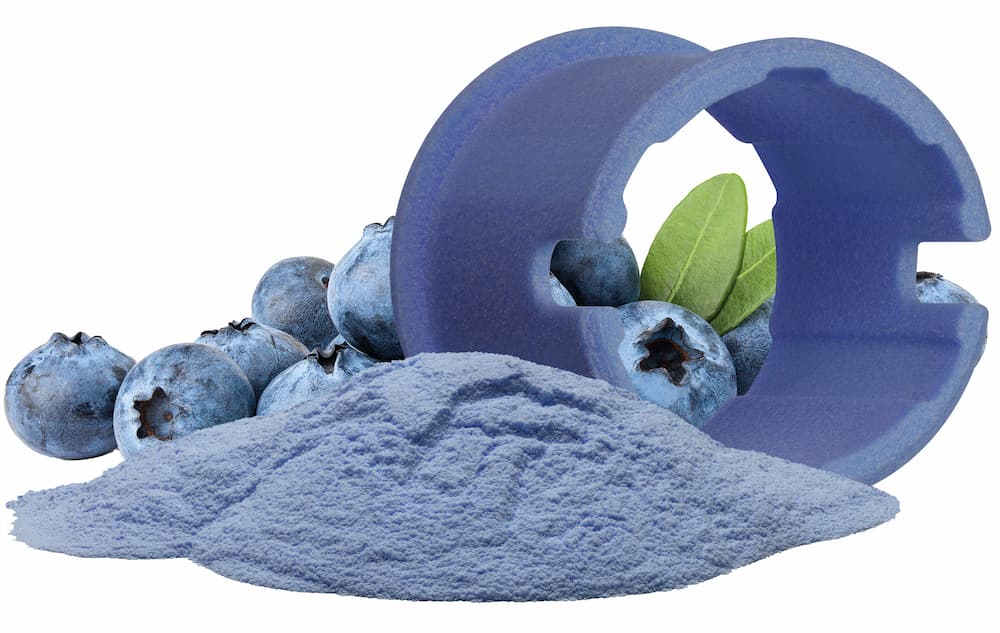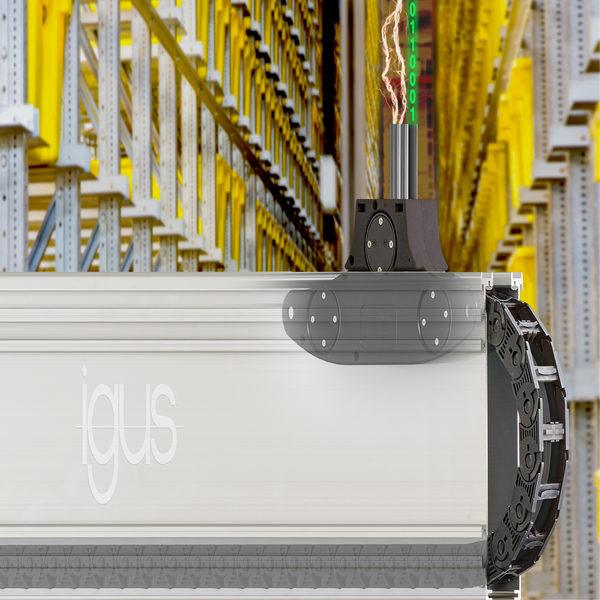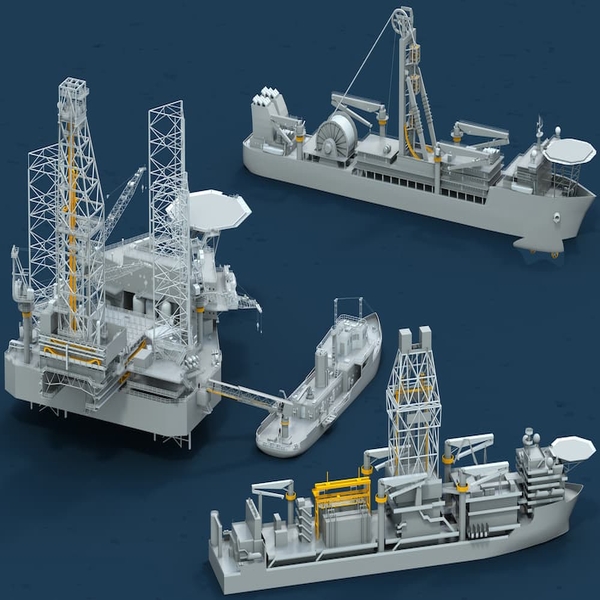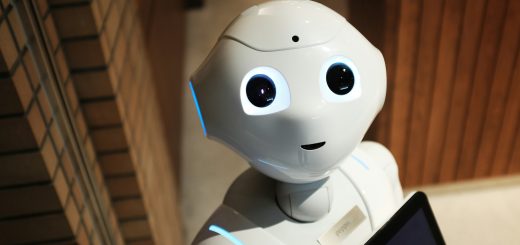What 3D printing material is food safe?
FDA 3D printing materials exist! This is crucial for many industries, but do you know what 3D printing material is food safe? Granted having the food safe element means that they are less common than conventional PLA and SLS materials, however, having food safe 3D printing materials is essential. Some of the largest industries worldwide involve food products so ensuring food stays contamination free, FDA- approved materials are vital.
What does FDA 3D printing material mean?

In Europe, EU Directive 10/2011 regulates the food conformity of plastics. The standard identifies the requirements for plastic materials and objects that are intended to come into contact with food. The materials are tested under extreme conditions, mirroring realistic applications. This involves a risk assessment of the toxicity and potential migration of plastic elements or certain chemicals to the food products. In the American market, the FDA (U.S. Food & Drug Administration) regulates the permissibility of plastics for the food industry. Both standards include detailed lists on which the permissible substances can be found.
Luckily, FDA 3D printing materials are materials specifically designed for medical and food applications, ensuring that the production remains safe and contamination- free.
With the rise in 3D printing, ensuring that this became a viable option for the medical and food industry is paramount. There are various forms and different materials available as standard for 3D printing and many are FDA- approved, however, there can be restrictions to their capabilities.
What 3D printing material is food safe?
There are a number of 3D printing materials that are food safe, however, it is not just the food safe element that needs to be considered. Most applications will have other parameters that play a part in choosing the most suited materials; temperatures, speed, load etc. All of these need consideration alongside the food safe aspect.
Conventional materials such as PET-G, Nylon-6 as well as some PP and ABS are all classed as food safe, but these all have different limitations so each one needs to be considered carefully.
Do igus® offer FDA 3D printing material?
Of course! We have iglidur® A350 which is available as a filament as well as stock bar, plate and as bearings. Fully covered by FDA and EU 10/2011 compliancy, We also have iglidur® I151, I150, all available as filament to print your FDA parts,
To be able to offer variety, the material is available to purchase in the shop and is compatible with all Co2 laser sintering machines. These are also available on the 3D printing shop for us to 3D print your components for you in one of these materials.
Despite having many years of experience in this field it does not mean that we can generalise. As mentioned earlier, each application is different and has different requirements in relation to what the food compliancy requirements are, therefore, depending on the application and requirement, tests on the specific component may also be required. At igus® we can offer support in this. This may be running specific tests in the laboratory in Cologne or supplying material samples for you to run the necessary tests on site. Either way, we can support you in your journey.
As a precaution, we always recommend that you check the declaration of conformity carefully for the application, as there are significant differences in approved food products as described earlier, such as, temperatures and the approved contact duration. So, in answer to the question “what 3D printing material is food safe?”, there are lots available, conventional and igus®!
For more blogs on 3D printed applications or advice visit https://blog.igus.co.uk/category/3d-printing/ or contact the product manager Dean Aylott. Alternatively, you can head to the website for a full list of our FDA 3D printing materials.



